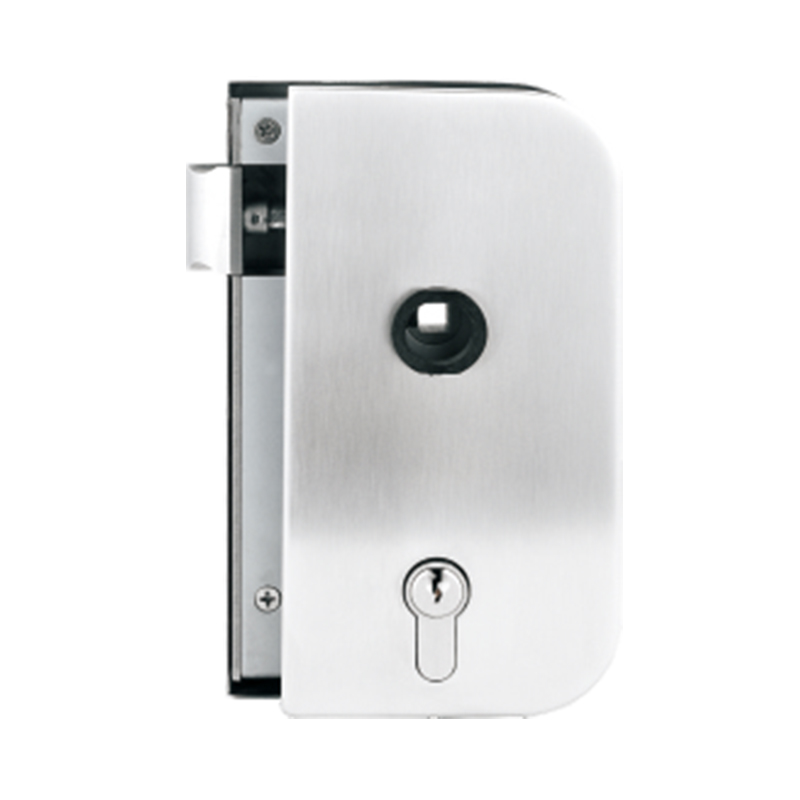How To Repair A Door Lock?
A door Lock is a precision-built mechanism that ensures safety and daily convenience. When it fails to operate smoothly, identifying the cause and applying the right repair method can restore full function without replacing the entire system. The following guide explains professional repair techniques for different malfunction cases.

Table of Contents
Preliminary Inspection
Start by observing the problem before disassembly.
Visual Check: Look for dents, rust, or loose parts on the lock body.
Function Test: Insert the key and feel where resistance occurs.
Alignment Check: Close the door slowly to see if the latch meets the strike plate correctly.
Environmental Factors: Moisture, dust, or paint buildup can cause stiffness or partial jamming.
If the door itself is misaligned, repair the hinges or frame before touching the lock.
Tools and Preparation
Prepare tools for accuracy and safety.
Tools: Screwdrivers, Allen keys, lubricant (graphite or silicone), pliers, microfiber cloth, and soft brush.
Preparation: Work on a clean surface with adequate lighting. For stainless-steel locks, protect edges with masking tape to prevent scratches.
Common Problems and Solutions
Key Won’t Turn
Possible Causes:
Dirt inside the cylinder, worn key edges, or internal pin misalignment.
Repair:
Spray a small amount of graphite or silicone lubricant into the keyway.
Gently move the key in and out several times to clear debris.
If still tight, remove the cylinder and inspect pins or springs. Replace any that are damaged.
Reinstall, ensuring the tailpiece aligns with the actuator slot.
Handle Feels Loose
Possible Causes:
Fixing screws loosened or the spring mechanism lost tension.
Repair:
Remove decorative covers to access screws.
Tighten evenly without over-torquing.
If the handle does not return properly, replace the spring.
Reassemble and check that movement feels smooth and balanced.
Latch Stuck or Not Closing
Possible Causes:
Misalignment or dirt inside the latch body.
Repair:
Unscrew and remove the latch from the door edge.
Clean with a mild cleaner and brush out any dust.
Apply a small amount of dry lubricant to the spring and latch bolt.
Check that the latch extends and retracts fully.
Adjust the strike plate if it’s too high or low.
Key Turns But Lock Doesn’t Engage
Possible Causes:
Disconnected linkage or broken tailpiece between cylinder and latch.
Repair:
Remove the lock body and check the rear of the cylinder.
Replace the broken connector with a matching part.
Reconnect the cam or linkage properly before reinstalling.
Test by turning the key several times with the door open.
Cylinder Spins Freely
Possible Causes:
The retaining screw is missing or the cam mechanism is broken.
Repair:
Remove the outer cover and locate the retaining screw hole.
Install a new screw and tighten gently.
If the cam is cracked, replace it with a compatible stainless-steel one.
Reassemble and test for stable rotation.
Lock Feels Rough or Hard to Turn
Possible Causes:
Dust, corrosion, or lack of lubrication.
Repair:
Clean all parts thoroughly with a dry cloth.
Apply a small amount of silicone lubricant on moving joints.
Avoid oil-based sprays, which trap dust.
Operate the handle several times to distribute the lubricant evenly.
Door Doesn’t Lock Properly
Possible Causes:
Strike plate misaligned, hinges loose, or door sagging.
Repair:
Tighten hinge screws to lift the door slightly.
Check latch engagement; if misaligned, shift the strike plate slightly.
For metal doors, use shims instead of drilling new holes.
Close the door several times to confirm smooth locking.
Privacy or Bathroom Lock Jammed
Possible Causes:
Moisture buildup or bent internal spindle.
Repair:
Remove the interior knob to access the mechanism.
Clean internal parts and apply light lubricant.
If the spindle is bent, straighten carefully or replace.
Reassemble and check that the thumbturn rotates freely.
Glass Door Lock Misaligned
Possible Causes:
Uneven tightening or worn gaskets between glass and lock body.
Repair:
Remove the lock carefully, loosening screws evenly from both sides.
Replace compressed rubber pads or gaskets.
Reinstall evenly to balance pressure on both glass panels.
Test closing — the latch should meet the receiver smoothly.
Lock Frozen by Cold
Possible Causes:
Condensed moisture freezing inside the keyway.
Repair:
Warm the key slightly (never use flame).
Insert and turn gently until movement resumes.
Apply de-icer spray or dry lubricant to prevent recurrence.
Avoid water-based cleaners during cold seasons.
Testing After Repair
After completing the repair:
Test key rotation and latch movement several times.
Close the door gently to check strike plate alignment.
Ensure no scraping or metallic noise occurs.
Lock and unlock repeatedly to confirm full function.
Smooth motion indicates correct installation; grinding means further adjustment is required.
Routine Maintenance
Consistent maintenance prevents future issues.
Wipe the lock surface monthly with mild detergent.
Lubricate internal parts every six months.
Tighten visible screws quarterly.
Inspect for door sag or hinge loosening annually.
Replace damaged keys to protect the cylinder pins.
When to Call a Professional
Some situations require technical expertise:
Severe internal breakage.
Locks on glass or metal doors requiring precise torque control.
Complex mortise or electronic locks.
Rekeying or cylinder reconfiguration.
Professionals use specialized tools to repair or recalibrate locks without surface damage.
Final Checks
After reassembly:
Verify handle alignment and latch operation.
Make sure the bolt extends completely when locked.
The key should rotate easily in both directions.
Confirm that the door closes flush with the frame.
A properly repaired lock will work silently, close smoothly, and restore dependable protection for daily use.

